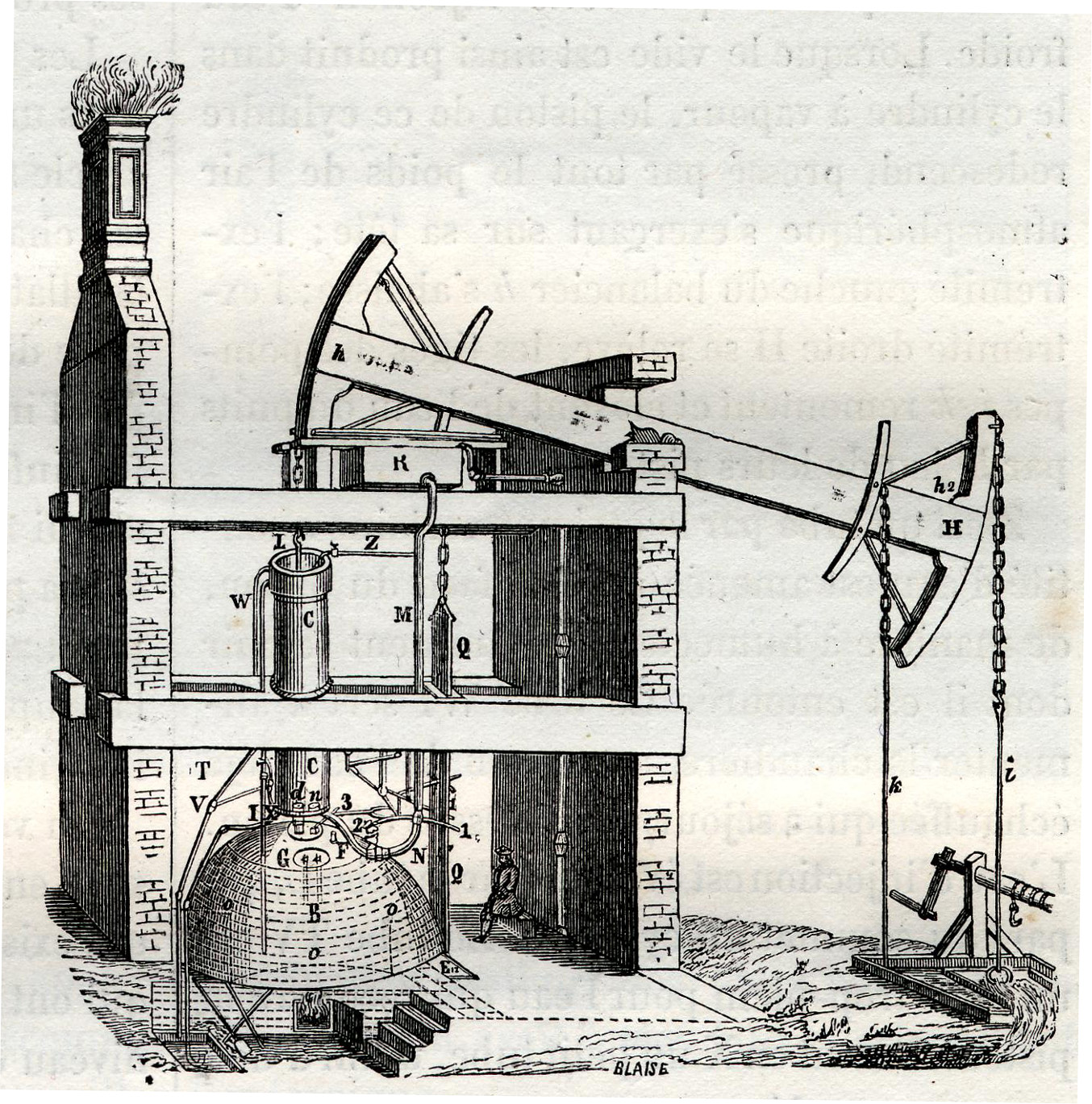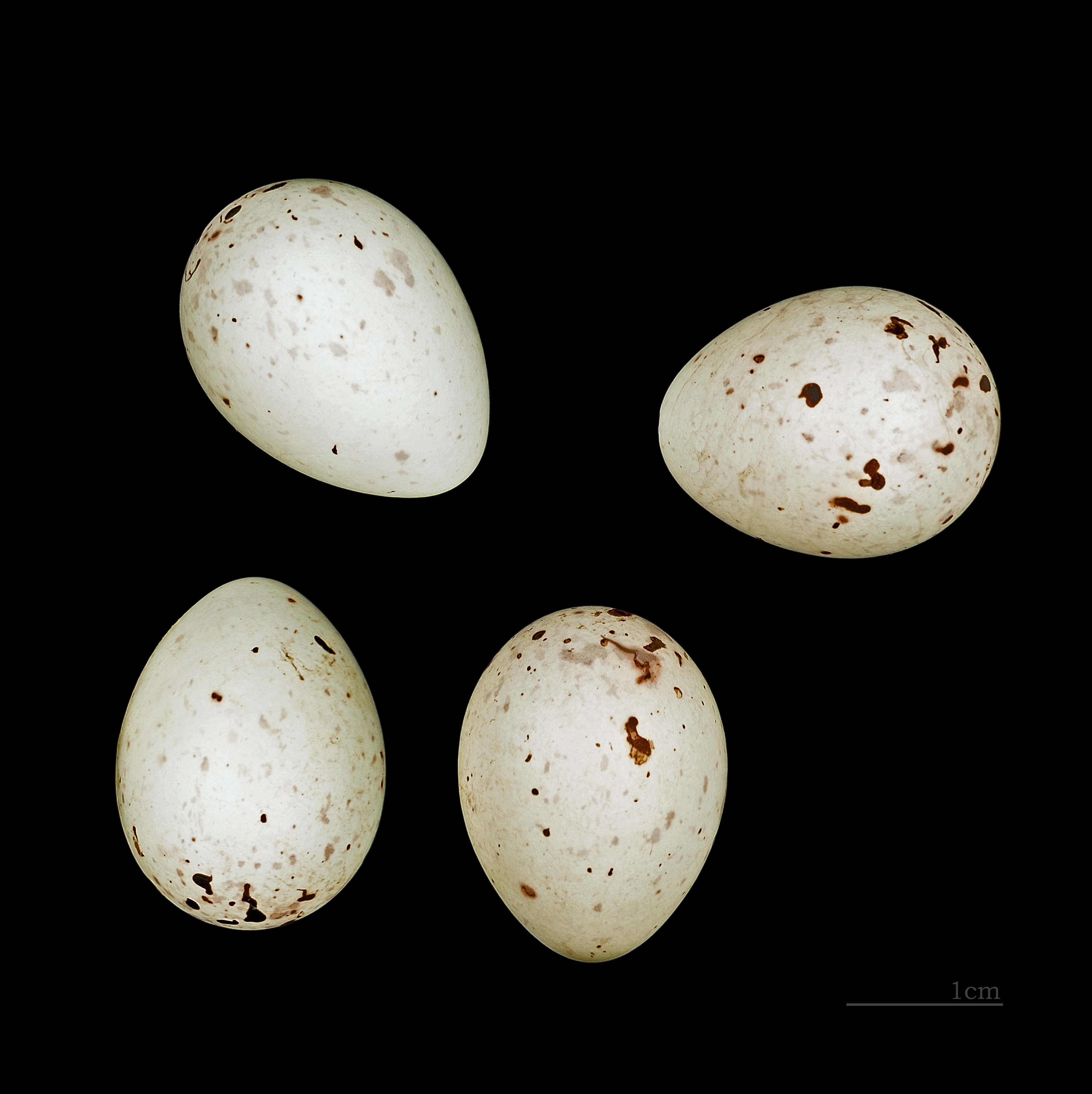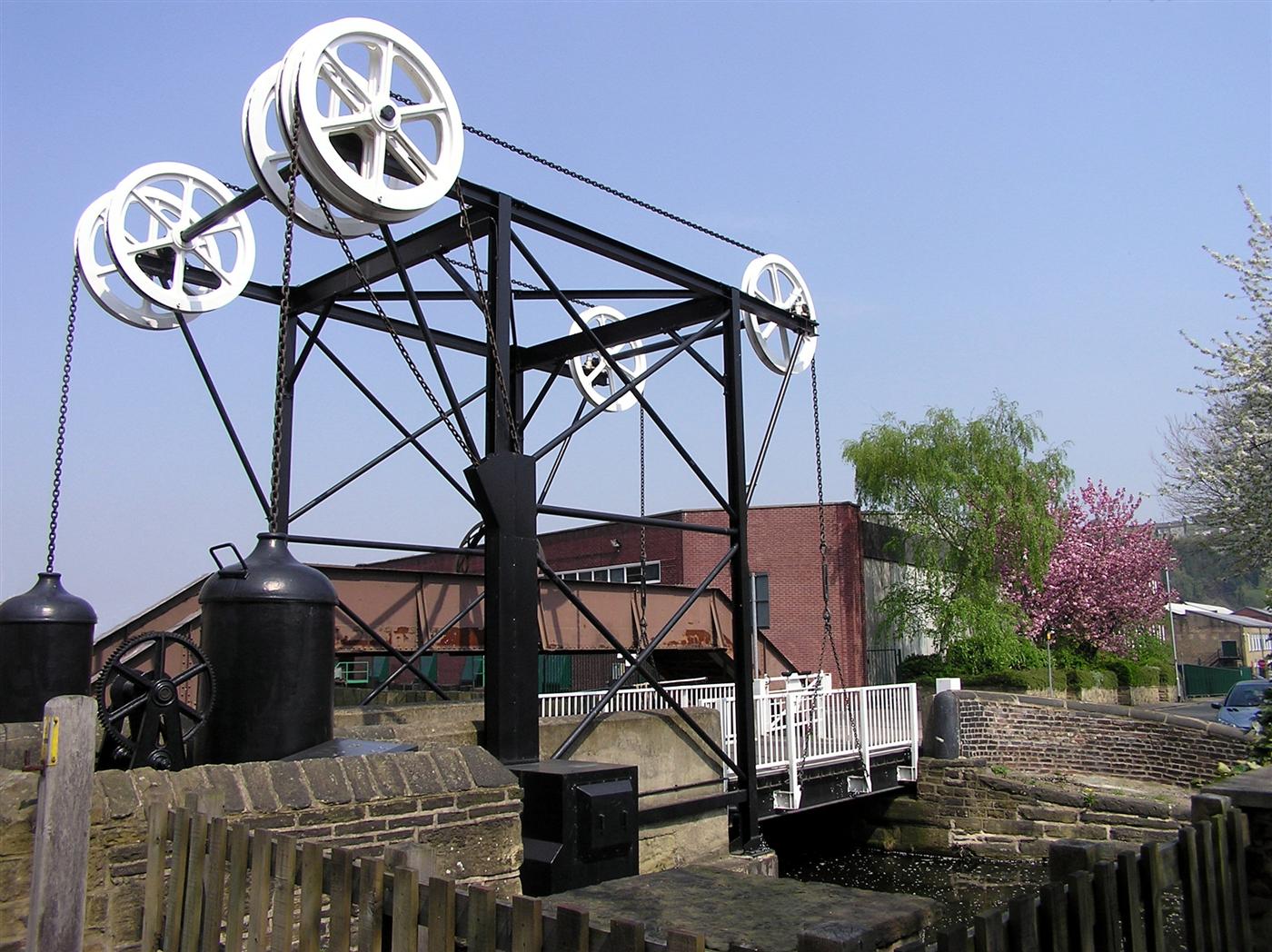|
New Fancy
New Fancy was a colliery on the Forest of Dean Coalfield near Parkend in Gloucestershire, England. After the colliery closed its spoil heap was landscaped. The site has a picnic area, and viewing site from where goshawks can be seen. It is linked to the Forest of Dean Family Cycle Trail. History New Fancy colliery was opened by Edward Protheroe in 1827, as part of the Park End Coal Company in the Forest of Dean. By 1860 it was owned by Sully & Company and in 1885 was sold to the Parkend & New Fancy Collieries Company. It remained in operation until 1944. In 1880 the colliery produced 8,382 tons of coal. In 1900 the colliery site contained a wooden headframe, a Cornish-type engine house with an external egg-ended boiler built in the 1840s and a hand-operated windlass for raising and lowering items in the shaft. The winding gear was converted to electricity in 1916. Its site is a scheduled monument. Bird watching The top of the old coal mine spoil heap has been converted ... [...More Info...] [...Related Items...] OR: [Wikipedia] [Google] [Baidu] |
Parkend, Gloucestershire
Parkend is a village, located at the foot of the Cannop Valley, in the Royal Forest of Dean, West Gloucestershire Gloucestershire ( abbreviated Glos) is a county in South West England. The county comprises part of the Cotswold Hills, part of the flat fertile valley of the River Severn and the entire Forest of Dean. The county town is the city of Gl ..., England, and has a history dating back to the early 17th century. During the 19th century it was a busy industrial village with several coal mines, an ironworks, stoneworks, timber-yard and a tinplate works, but by the early 20th century most had succumbed to a loss of markets and the general deindustrialization, industrial decline. In more recent times, the village has become a tourist destination. Amenities The village has two public houses, both with guest accommodation, and one with an adjoining hostel; The Fountain Inn and Lodge and The Woodman Inn. There are also two guesthouses, several holiday let propertie ... [...More Info...] [...Related Items...] OR: [Wikipedia] [Google] [Baidu] |
House-built Engine
A house-built engine is a stationary steam engine that is built into an engine house, such that it uses the masonry of the engine house as an integral part of the support of the engine. Beam engines Most house-built engines were early beam engines. A 'bob wall' in the engine house supported the pivot axle of the beam or 'bob'. This wall could be an internal wall, with both ends of the beam inside the house, but it was commonly the end wall of the house and so the beam projected to the outside. For a heavy beam, the bob wall was required to be extremely substantial. Early engines were used for pumping mines or wells, so as well as the weight of the beam, the house had to also support the weight of the long pump rod, reaching down to the depths of the mine. Beam engines appeared during the 18th century. The only technologies at this time that could support the weight of an engine's beam were masonry and timber-framing, as the work of either shipwrights or millwrights. Cast iro ... [...More Info...] [...Related Items...] OR: [Wikipedia] [Google] [Baidu] |
Mitcheldean
Mitcheldean is a market town in the Forest of Dean in Gloucestershire, England. History Mitcheldean was a thriving community for many centuries due to the town's proximity to iron ore deposits. During the 19th century, the town grew due to revenues produced by the local brewing industry. Like several of the Forest of Dean villages, Mitcheldean was a close-knit community with individual traditions. One of these was the locally famous (or infamous) Mitcheldean Prize Brass Band. It is vividly remembered and described in a memoir by Arthur Bullock, a resident of nearby Longhope, whose father and brothers were in it. Recounting the band's exploits, he comments, 'I only wish I could have been privileged to hear the Mitcheldean Prize Brass Band play when all of the players were fully sober at the same time'. However, it is indeed sobering to read his further reflection that the band must have been 'killed off by the 1914-18 war'. In the 20th century the town grew further due to the Rank ... [...More Info...] [...Related Items...] OR: [Wikipedia] [Google] [Baidu] |
Department For Environment, Food And Rural Affairs
The Department for Environment, Food and Rural Affairs (Defra) is a department of His Majesty's Government responsible for environmental protection, food production and standards, agriculture, fisheries and rural communities in the United Kingdom. Concordats set out agreed frameworks for co operation, between it and the Scottish Government, Welsh Government and Northern Ireland Executive, which have devolved responsibilities for these matters in their respective nations. Defra also leads for the United Kingdom on agricultural, fisheries and environmental matters in international negotiations on sustainable development and climate change, although a new Department of Energy and Climate Change was created on 3 October 2008 to take over the last responsibility; later transferred to the Department for Business, Energy and Industrial Strategy following Theresa May's appointment as Prime Minister in July 2016. Creation The department was formed in June 2001, under the leadersh ... [...More Info...] [...Related Items...] OR: [Wikipedia] [Google] [Baidu] |
Red Crossbill
The red crossbill or common crossbill (''Loxia curvirostra'') is a small passerine bird in the finch family Fringillidae. Crossbills have distinctive mandibles, crossed at the tips, which enable them to extract seeds from conifer cones and other fruits. Adults are often brightly coloured, with red or orange males and green or yellow females, but there is wide variation in beak size and shape, and call types, leading to different classifications of variants, some of which have been named as subspecies. The species is known as "red crossbill" in North America and "common crossbill" in Europe. Description Crossbills are characterized by the mandibles crossing at their tips, which gives the group its English name. Using their crossed mandibles for leverage, crossbills are able to efficiently separate the scales of conifer cones and extract the seeds on which they feed. Adult males tend to be red or orange in colour, and females green or yellow, but there is much variation. Identif ... [...More Info...] [...Related Items...] OR: [Wikipedia] [Google] [Baidu] |
Two-barred Crossbill
The two-barred crossbill or white-winged crossbill (''Loxia leucoptera'') is a small passerine bird in the finch family Fringillidae. Etymology The scientific name is from Ancient Greek. ''Loxia'' is from , "crosswise", and means "white-winged" from , "white" and , "wing". Taxonomy It has two subspecies, the white-winged crossbill (''Loxia leucoptera leucoptera'') in North America, and the two-barred crossbill (''Loxia leucoptera bifasciata'') in northeastern Europe and the Palearctic. Distribution and habitat This bird breeds in the coniferous forests of Alaska, Canada, the northernmost United States and across the Palearctic extending into northeast Europe. It nests in conifers, laying 3–5 eggs. This crossbill is mainly resident, but will irregularly irrupt south if its food source fails. The American race seems to wander more frequently than the Eurosiberian subspecies. This species will form flocks outside the breeding season, often mixed with other crossbills. It is a rar ... [...More Info...] [...Related Items...] OR: [Wikipedia] [Google] [Baidu] |
Bird Of Prey
Birds of prey or predatory birds, also known as raptors, are hypercarnivorous bird species that actively hunt and feed on other vertebrates (mainly mammals, reptiles and other smaller birds). In addition to speed and strength, these predators have keen eyesight for detecting prey from a distance or during flight, strong feet with sharp talons for grasping or killing prey, and powerful, curved beaks for tearing off flesh. Although predatory birds primarily hunt live prey, many species (such as fish eagles, vultures and condors) also scavenge and eat carrion. Although the term "bird of prey" could theoretically be taken to include all birds that actively hunt and eat other animals, ornithologists typically use the narrower definition followed in this page, excluding both piscivorous predators such as storks, herons, gulls, skuas, penguins and kingfishers, as well as primarily insectivorous birds such as passerine birds (e.g. shrikes) and birds like nightjars and frogmouths. So ... [...More Info...] [...Related Items...] OR: [Wikipedia] [Google] [Baidu] |
Birdwatcher
Birdwatching, or birding, is the observing of birds, either as a recreational activity or as a form of citizen science. A birdwatcher may observe by using their naked eye, by using a visual enhancement device like binoculars or a telescope, by listening for bird sounds, or by watching public webcams. Most birdwatchers pursue this activity for recreational or social reasons, unlike ornithologists, who engage in the study of birds using formal scientific methods. Birding, birdwatching, and twitching The first recorded use of the term ''birdwatcher'' was in 1901 by Edmund Selous; ''bird'' was introduced as a verb in 1918. The term ''birding'' was also used for the practice of ''fowling'' or hunting with firearms as in Shakespeare's ''The Merry Wives of Windsor'' (1602): "She laments sir... her husband goes this morning a-birding." The terms ''birding'' and ''birdwatching'' are today used by some interchangeably, although some participants prefer ''birding'', partly because it in ... [...More Info...] [...Related Items...] OR: [Wikipedia] [Google] [Baidu] |
Scheduled Monument
In the United Kingdom, a scheduled monument is a nationally important archaeological site or historic building, given protection against unauthorised change. The various pieces of legislation that legally protect heritage assets from damage and destruction are grouped under the term "designation." The protection provided to scheduled monuments is given under the Ancient Monuments and Archaeological Areas Act 1979, which is a different law from that used for listed buildings (which fall within the town and country planning system). A heritage asset is a part of the historic environment that is valued because of its historic, archaeological, architectural or artistic interest. Only some of these are judged to be important enough to have extra legal protection through designation. There are about 20,000 scheduled monuments in England representing about 37,000 heritage assets. Of the tens of thousands of scheduled monuments in the UK, most are inconspicuous archaeological sites, but ... [...More Info...] [...Related Items...] OR: [Wikipedia] [Google] [Baidu] |
Windlass
The windlass is an apparatus for moving heavy weights. Typically, a windlass consists of a horizontal cylinder (barrel), which is rotated by the turn of a crank or belt. A winch is affixed to one or both ends, and a cable or rope is wound around the winch, pulling a weight attached to the opposite end. The Greek scientist Archimedes was the inventor of the windlass. The oldest depiction of a windlass for raising water can be found in the Book of Agriculture published in 1313 by the Chinese official Wang Zhen of the Yuan Dynasty ( 1290–1333). Uses *Vitruvius, a military engineer writing about 28 BC, defined a machine as "a combination of timber fastened together, chiefly efficacious in moving great weights." About a century later, Hero of Alexandria summarized the practice of his day by naming the "five simple machines" for "moving a given weight by a given force" as the lever, windlass, screw for power, wedge, and tackle block (pulley). Until nearly the end of the nine ... [...More Info...] [...Related Items...] OR: [Wikipedia] [Google] [Baidu] |
Egg-ended Boiler
There have been a vast number of designs of steam boiler, particularly towards the end of the 19th century when the technology was evolving rapidly. A great many of these took the names of their originators or primary manufacturers, rather than a more descriptive name. Some large manufacturers also made boilers of several types. Accordingly, it is difficult to identify their technical aspects from merely their name. This list presents these known, notable names and a brief description of their main characteristics. See also * Glossary of boiler terminology A B C D E F G H I J K L M N O P R S T V W Y References *{{cite book , title=Marine Steam Boilers , last=Milton , first=J. H. , publisher=Newnes , edition=2nd , orig-year=1953 , year=1961 , ref={{harvid, Milton, Marine Steam Boilers Fire-tube boilers Water-tube boilers Steam boilers Boilers Steam power ... [...More Info...] [...Related Items...] OR: [Wikipedia] [Google] [Baidu] |
Cornish Engine
A Cornish engine is a type of steam engine developed in Cornwall, England, mainly for pumping water from a mine. It is a form of beam engine that uses steam at a higher pressure than the earlier Watt steam engine, engines designed by James Watt. The engines were also used for powering man engines to assist the underground miners' journeys to and from their working levels, for winching materials into and out of the mine, and for powering on-site stamp mill, ore stamping machinery. Background: The steam engine in Cornwall Cornwall has long had tin, copper and other metal ore mines, but if mining is to take place at greater depths, a means to dewatering, dewater the mine must be found. Lifting the weight of water up from the depths requires great amounts of work (physics), work input. This energy may be weakly supplied by horse power or a waterwheel to operate pumps, but horses have limited power and waterwheels need a suitable stream of water. Accordingly, the innovation of c ... [...More Info...] [...Related Items...] OR: [Wikipedia] [Google] [Baidu] |









.jpg)
